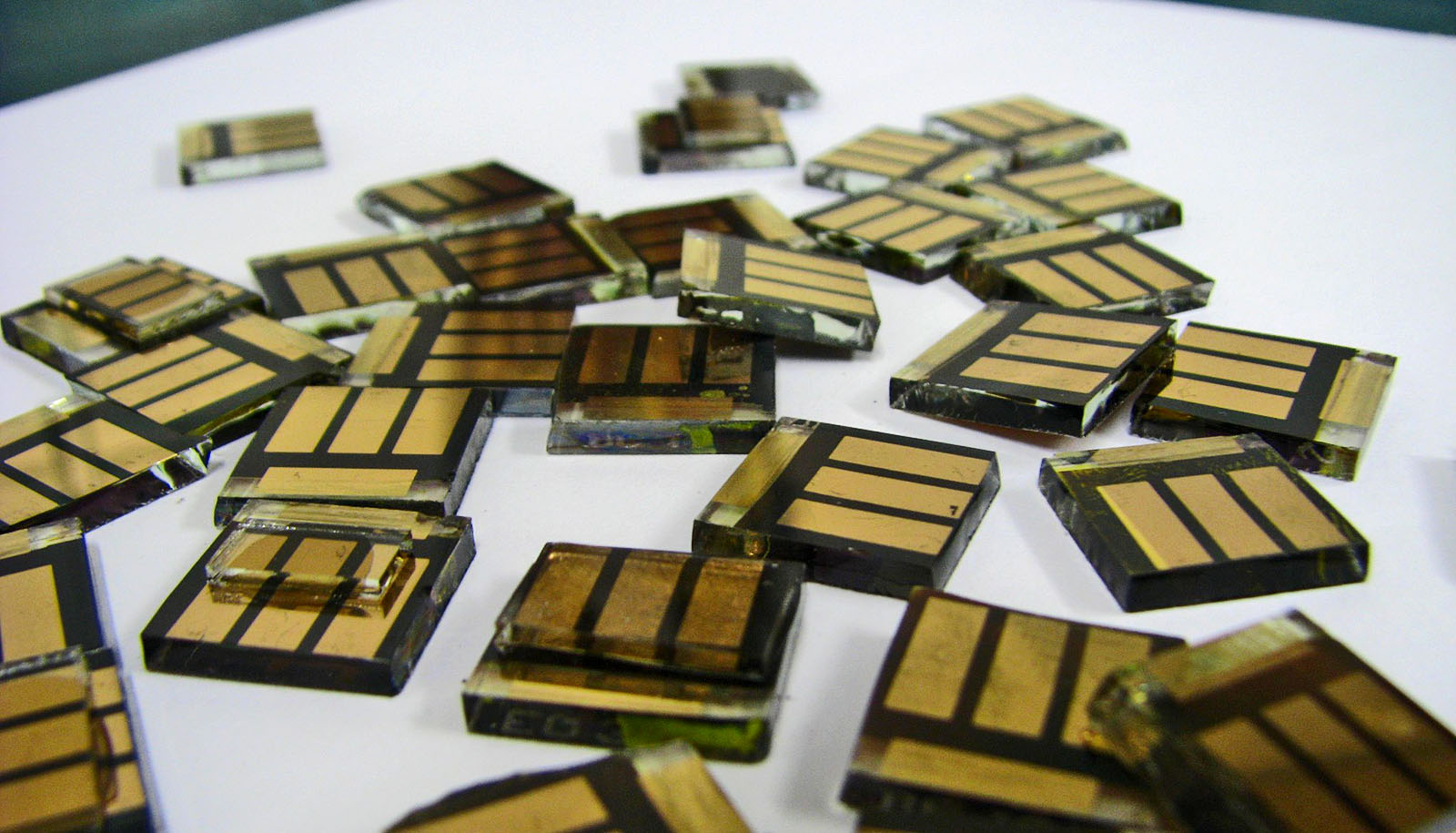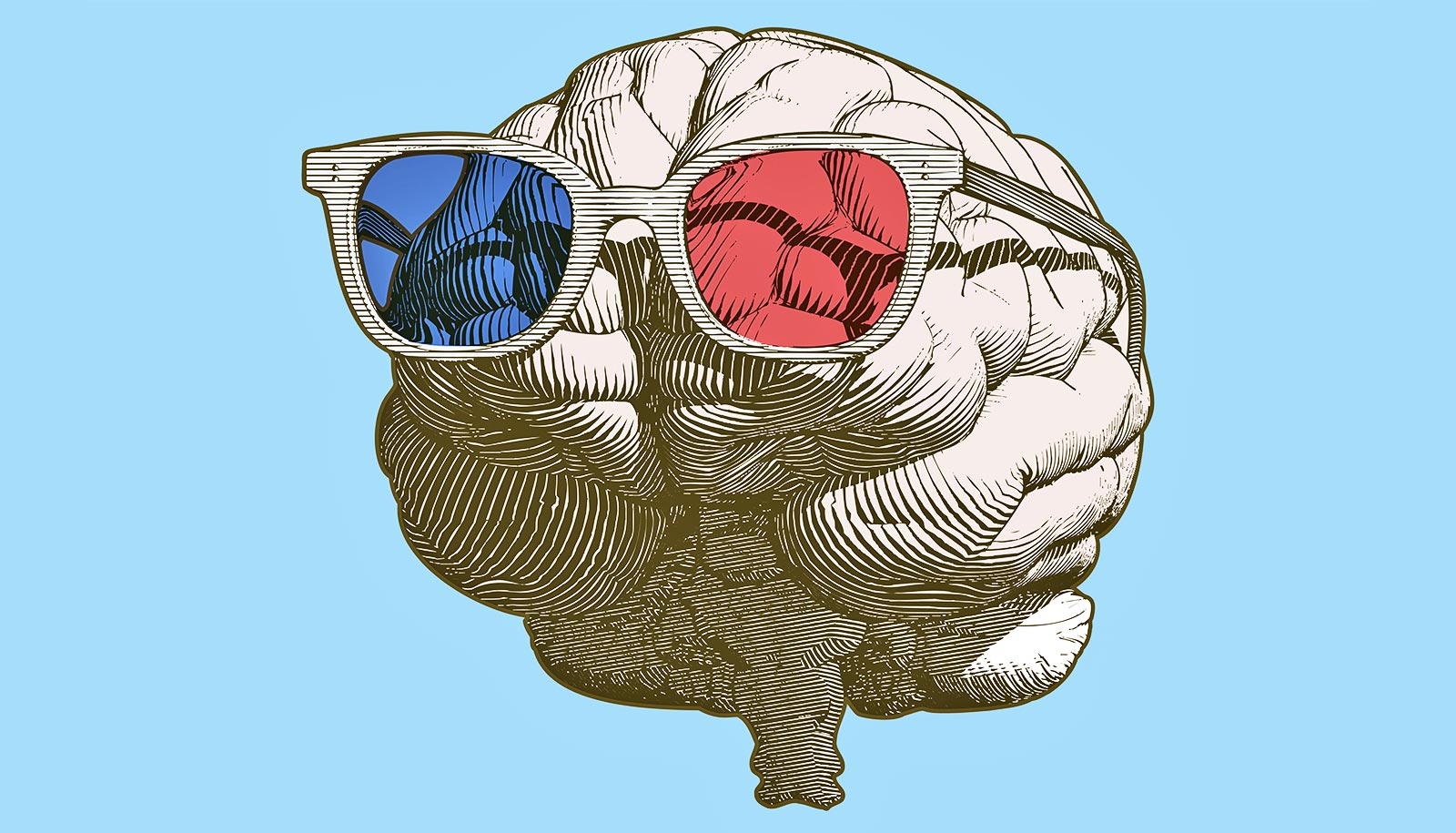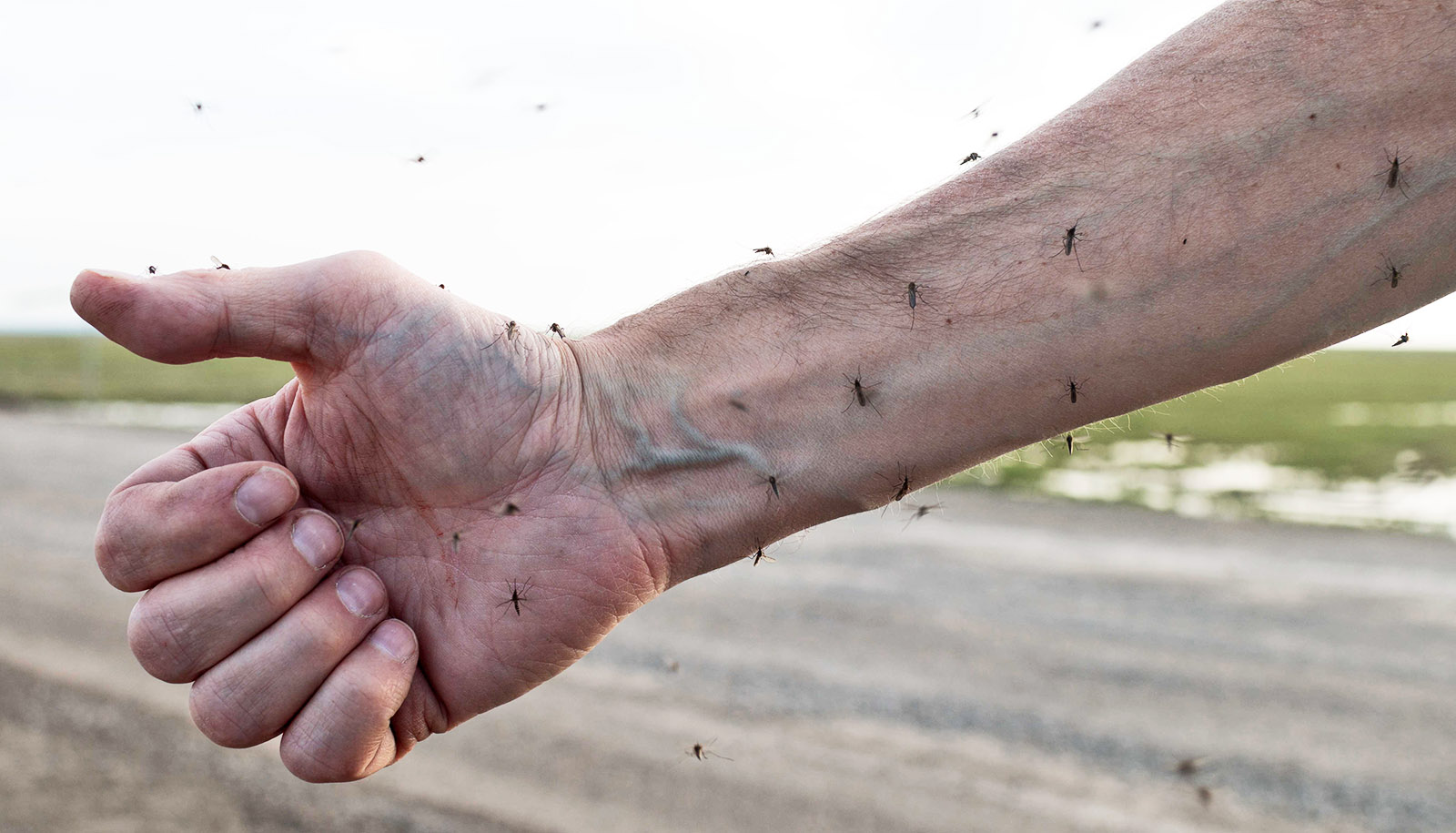New research shows how the atoms in perovskites move in response to light.
The breakthrough in visualization supports the researchers’ efforts to squeeze every possible drop of utility out of perovskite-based materials, including solar cells, a long-standing project that only recently yielded an advance to make the devices far more durable.
The study in Nature Physics details the first direct measurement of structural dynamics under light-induced excitation in 2D perovskites. Perovskites are layered materials that have well-ordered crystal lattices. They are highly efficient harvesters of light that are being explored for use as solar cells, photodetectors, photocatalysts, light-emitting diodes, quantum emitters, and more.
“The next frontier in light-to-energy conversion devices is harvesting hot carriers,” Aditya Mohite, a corresponding author of the study. “Studies have shown that hot carriers in perovskite can live up to 10-100 times longer than in classical semiconductors. However, the mechanisms and design principles for the energy transfer and how they interact with the lattice are not understood.”
Hot carriers are short-lived, high-energy charge carriers, either electrons for negative charges or electron “holes” for positive charges, and having the ability to harvest their energy would allow light-harvesting devices to “surpass thermodynamic efficiency,” says Mohite, an associate professor of chemical and biomolecular engineering in Rice University’s George R. Brown School of Engineering.
Mohite and three members of his research group, senior scientist Jean-Christophe Blancon and graduate students Hao Zhang and Wenbin Li, worked with colleagues at the SLAC National Accelerator Laboratory to see how atoms in a perovskite lattice rearranged themselves when a hot carrier was created in their midst. They visualized lattice reorganization in real time using ultrafast electron diffraction.
“Whenever you expose these soft semiconductors to stimuli like electric fields, interesting things happen,” Mohite says. “When you generate electrons and holes, they tend to couple to the lattice in unusual and really strong ways, which is not the case for classical materials and semiconductors.
“So there was a fundamental physics question,” he says. “Can we visualize these interactions? Can we see how the structure is actually responding at very fast timescales as you put light onto this material?”
The answer was yes, but only with a strong input. SLAC’s mega-electron-volt ultrafast electron diffraction (MeV-UED) facility is one of the few places in the world with pulsed lasers capable of creating the electron-hole plasma in perovskites that was needed to reveal how the lattice structure changed in less than a billionth of a second in response to a hot carrier.
“The way this experiment works is that you shoot a laser through the material and then you send an electron beam that goes past it at a very short time delay,” Mohite explains. “You start to see exactly what you would in a TEM (transmission electron microscope) image. With the high-energy electrons at SLAC, you can see diffraction patterns from thicker samples, and that allows you to monitor what happens to those electrons and holes and how they interact with the lattice.”
The experiments at SLAC produced before-and-after diffraction patterns that Mohite’s team interpreted to show how the lattice changed. They found that after the lattice was excited by light, it relaxed and literally straightened up in as little as one picosecond, or one-trillionth of a second.
Zhang says, “There’s a subtle tilting of the perovskite octahedra, which triggers this transient lattice reorganization towards a higher symmetric phase.”
By demonstrating that a perovskite lattice can suddenly become less distorted in response to light, the research showed it should be possible to tune how perovskite lattices interact with light, and it suggested a way to accomplish the tuning.
Li says, “This effect is very dependent on the type of structure and type of organic spacer cation.”
There are many recipes for making perovskites, but all contain organic cations, an ingredient that acts as a spacer between the materials’ semiconducting layers. By substituting or subtly changing organic cations, researchers could tailor lattice rigidity, dialing it up or down to alter how the material responds to light, Li says.
Mohite says the experiments also show that tuning a perovskite’s lattice alters its heat-transfer properties.
“What is generally expected is that when you excite electrons at a very high energy level, they lose their energy to the lattice,” he says. “Some of that energy is converted to whatever process you want, but a lot of it is lost as heat, which shows in the diffraction pattern as a loss in intensity.
“The lattice is getting more energy from thermal energy,” Mohite says. “That’s the classical effect, which is expected, and is well-known as the Debye-Waller factor. But because we can now know exactly what’s happening in every direction of the crystal lattice, we see the lattice starts to get more crystalline or ordered. And that’s totally counterintuitive.”
A better understanding of how excited perovskites handle heat is a bonus of the research, he says.
“As we make devices smaller and smaller, one of the biggest challenges from a microelectronics perspective is heat management,” Mohite says. “Understanding this heat generation and how it’s being transported through materials is important.
“When people talk about stacking devices, they need to be able to extract heat very fast,” he says. “As we move to new technologies that consume less power and generate less heat, these types of measurements will allow us to directly probe how heat is flowing.”
The research had support from the Department of Energy, the Office of Naval Research, the Robert A. Welch Foundation, and the Academic Institute of France.
Source: Rice University










